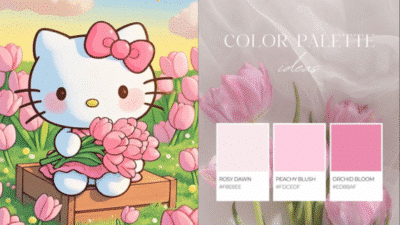Love drawings don’t need to be complicated to be meaningful or visually appealing. You can create charming and expressive love-themed art with simple techniques, whether you’re just starting out or looking for quick ways to show affection in your artwork. With easy love drawings, hearts, couples, and sweet messages come together using clear shapes and a few simple lines.
Whether you want to draw a heartfelt note for a friend, decorate a card, or express romantic feelings through your art, this guide covers a range of accessible ideas. You’ll discover tips for sketching easy designs like heart balloons, cute couples, and decorative love letters without needing advanced drawing skills.
Key Takeaways
- Simple steps help you create meaningful love drawings quickly.
- A range of easy ideas makes love drawings accessible to everyone.
- Inspiration and clear guides support you in making your own love art.
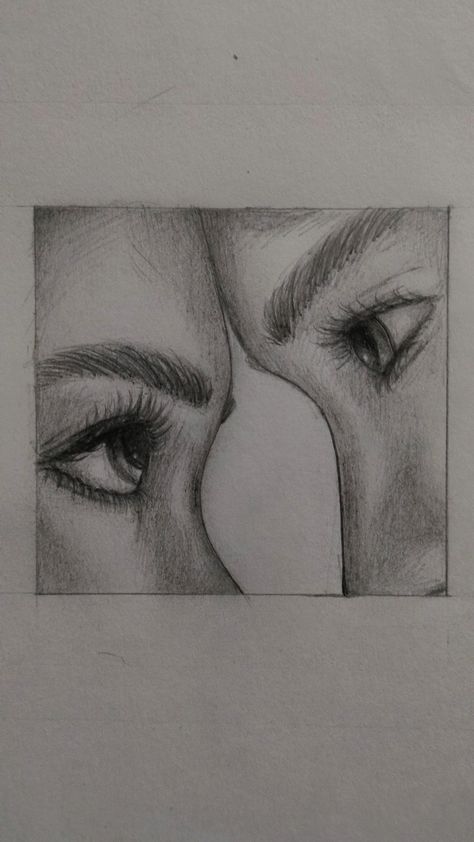

Fundamentals of Easy Love Drawings
When starting out with easy love drawings, it is important to focus on strong visual themes and basic techniques. The right tools and materials also play a vital role in bringing your ideas to life.
Understanding Love Themes in Art
Love-themed illustrations often feature recognizable symbols such as hearts, couples, and connected hands. These motifs help convey feelings of affection, togetherness, or romance.
You can experiment with styles—from classic heart outlines to more playful drawings, like caricatures or cartoon couples. Simple line drawings can be effective, as can basic scenes like two figures holding hands or a heart with wings.
Love drawings for beginners often use minimal elements for clarity and visual appeal. You might also consider drawing words or phrases, such as “I love you,” in bubble or fancy letters for an added touch.
Essential Drawing Techniques for Beginners
Start with simple shapes and lines to build the basic structure of your illustration. Sketch lightly using a pencil to allow for easy corrections.
Practice drawing hearts by breaking down the shape into two arcs and a triangle. For figures, use circles and lines as guides before adding details. Basic shading techniques, such as hatching or softly blending pencil strokes, can add dimension.
For love drawings, clean outlines help make your design stand out. Erase any unnecessary lines before adding color. Referencing heart coloring pages or examples online can provide inspiration for shapes and patterns.
Selecting Materials: Pencil, Crayon, and Color
If you’re new to drawing, pencils are a great starting point. They allow you to sketch and adjust your work with ease. No. 2 or HB pencils are commonly used for outlines, while softer pencils (like 2B) work well for shading.
For adding color, crayons and colored pencils are both accessible and beginner-friendly. Crayons are good for smooth, vibrant heart coloring pages, while colored pencils offer more precision for small details.
Keep a basic eraser, sharpener, and a range of sketching papers on hand. Experimenting with different materials will help you find a comfortable workflow and enhance your love drawings.

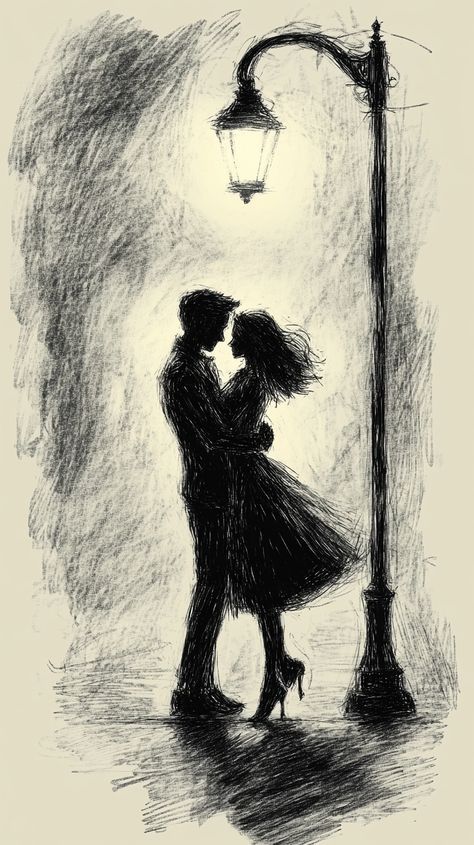
Creative Ideas and Step-by-Step Guides
You can quickly create charming love-themed sketches, mix playful lettering techniques, and experiment with modern styles to bring personality to your work. Easy approaches and straightforward guides help you customize romantic drawings for cards or decorations.
Simple Heart Drawings and Variations
Drawing a symmetrical heart starts with two simple arcs joined at a point. Use light pencil strokes to outline the shape and adjust proportions as needed before darkening the lines.
Experiment with variations, such as doubling the outline, adding small hearts inside, or drawing open-ended hearts for a whimsical look. Try heart coloring pages by outlining different heart shapes and filling them in with colored pencils or markers.
Create patterns by repeating hearts of varying sizes. Hearts with arrows, ribbons, or text overlays can make your drawing more dynamic. For a Valentine’s Day effect, add shading along one side or use pinks and reds for a festive touch.
I Love You Drawing Concepts
An “I Love You” drawing can use hand lettering, simple symbolism, or both. Start by sketching the letters “I” and “U” with a heart shape as a substitute for “love”; this visual shortcut is clear and memorable.
Pair your phrase with small doodles, such as hearts, stars, or flowers around the letters. Try making the words bold and playful, or use elegant cursive for a more sophisticated look.
List of approaches:
- Combine “I love you” text with heart shapes or arrows
- Use banners or speech bubbles for emphasis
- Incorporate cartoon couples or joined hands for added meaning
These drawings suit cards, notes, or quick, personalized Valentine’s Day messages.
Doodles and Bubble Letters
Doodles offer a relaxed way to express affection through art. You can fill a page with clusters of tiny hearts, smiling faces, or lovebirds. Bubble letters, which are rounded and three-dimensional, provide an eye-catching lettering style.
To draw bubble letters, write each letter in a light pencil, then outline with thick, curved lines. Fill the letters with color or patterns, such as stripes or polka dots. Highlight each letter with a thin white line to mimic shine.
A simple combination:
| Element | Example |
|---|---|
| Word | LOVE (bubble letters) |
| Accent | Heart doodles around edges |
| Color Scheme | Soft pink, red, purple |
Mixing doodles and bubble letters makes your love-themed drawings feel lively and playful.
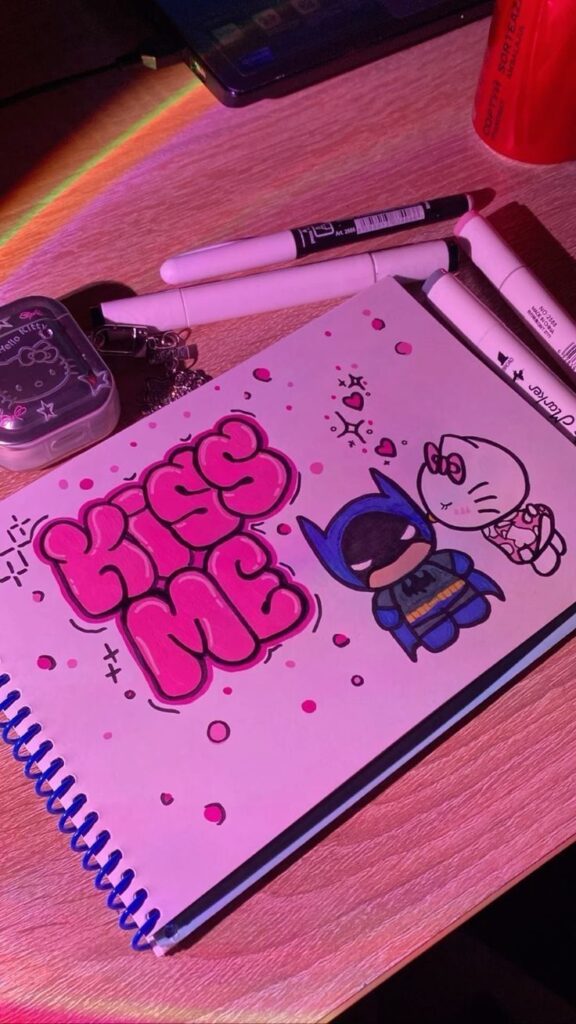

Drawing Graffiti Art Hearts
Graffiti art hearts blend street art techniques with expressive design. Begin with a bold heart outline, using thick black lines or marker for definition. Add jagged edges, drips, or overlapping patterns for a dynamic appearance.
Experiment with shading and gradients to create a three-dimensional look. Use vibrant coloring for a graffiti-inspired pop—neon pinks, blues, and purples work well. Layer elements, such as stars, arrows, or splattered paint effects, to increase visual energy.
Tip: Consider writing “I love you” or initials inside the heart with a chunky graffiti font. This style is especially effective for posters, digital art, or modern Valentine’s illustrations, providing a bold interpretation of classic heart motifs.
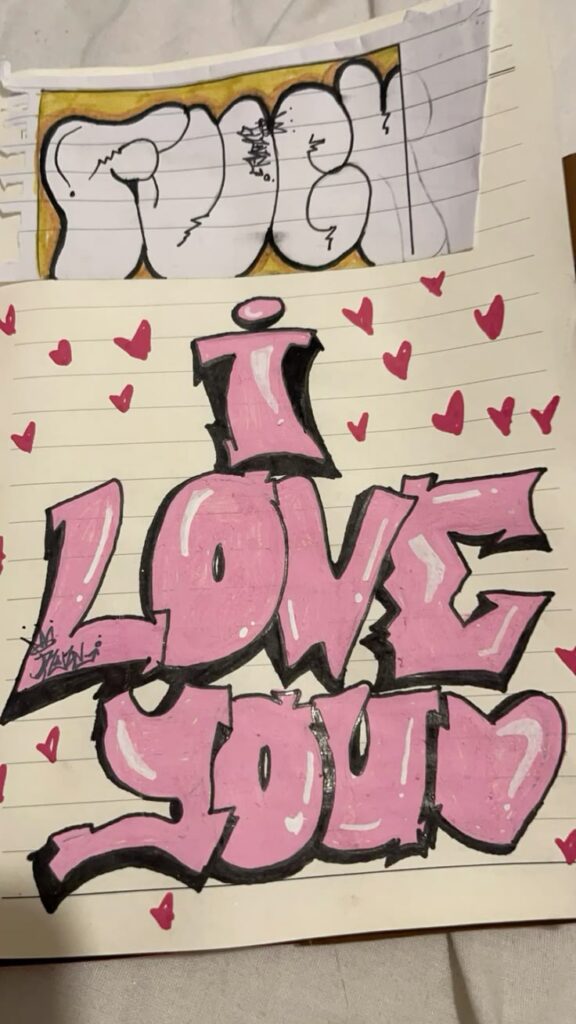
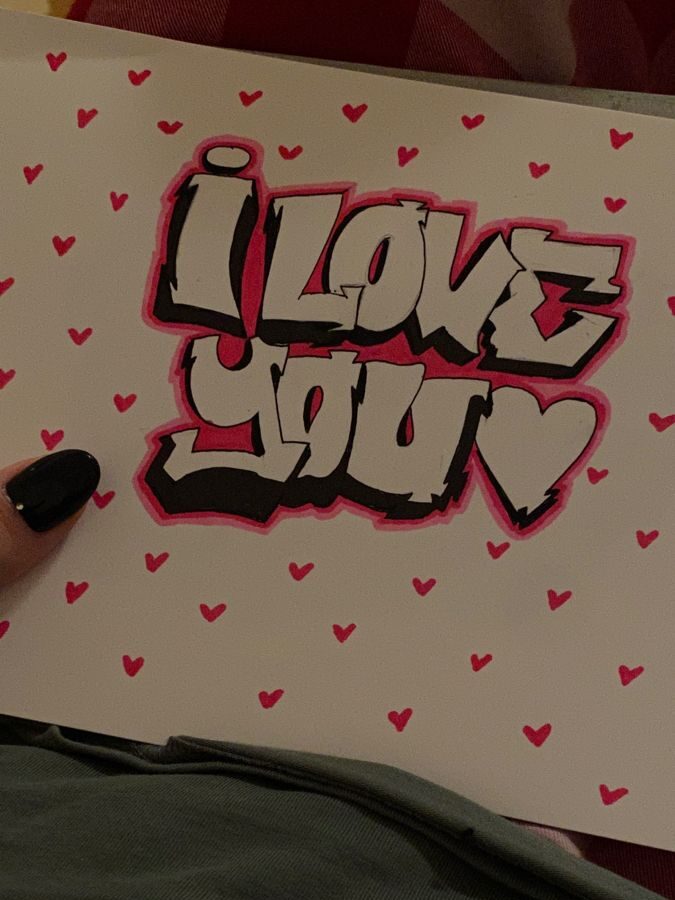
Love Drawings for Different Audiences
Easy love drawings can be tailored for children, family, and friends, as well as for including people in portraits. The subject, detail, and style are often guided by the intended audience, emphasizing accessibility or personalization.
Easy Love Drawings for Kids
Kids benefit from simple shapes and clear lines when creating love drawings. You can use classic ideas like hearts, smiling faces, or two stick figures holding hands. These drawings usually avoid complex details, keeping the age range suitable for children as young as four.
Creative touches, such as adding stars, balloons, or animal characters, can make these artworks more engaging. Gender-neutral choices work best, making the images accessible for any child regardless of their background. Including mom, dad, or a best friend often means labeling or drawing small details, like favorite colors or hobbies.
To help kids succeed, keep materials basic—crayons, markers, and plain paper. A simple table of ideas:
| Drawing Idea | Example Elements |
|---|---|
| Heart People | Heart bodies, smiling faces |
| Family Love | Labeled stick figures |
| Friendship | Two animals high-fiving |
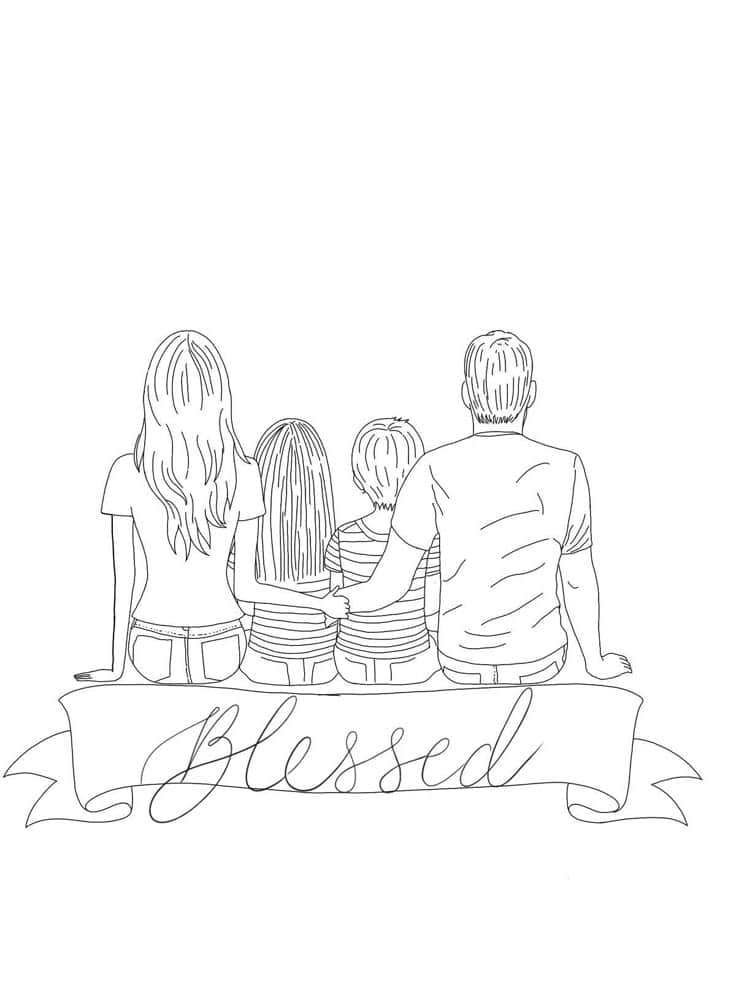
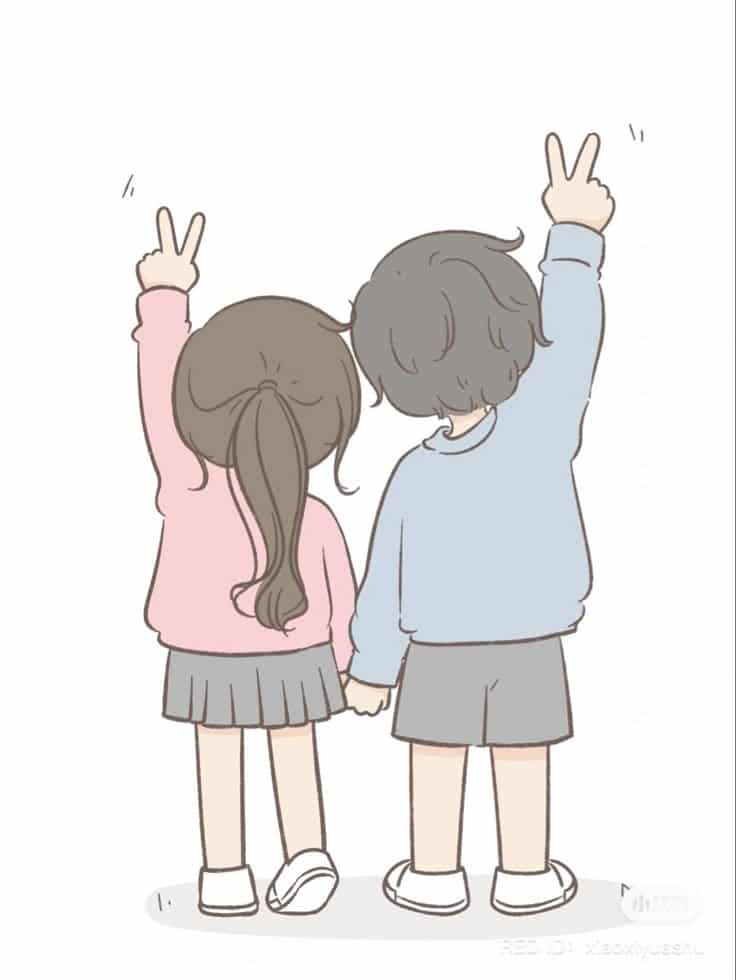
Family and Friends: Mom, Dad, and Best Friend
When making love drawings for family or close friends, the focus often shifts to personalizing details like hair, glasses, or favorite colors. Drawing your mom, dad, son, or best friend can be enhanced by adding symbols they love—for example, pet cats or favorite foods.
You can include names in creative fonts or hearts connecting figures. For a group portrait, depict different numbers of people: a pair for best friends, three or four for families. Use clear body shapes and recognizable features to make each person easy to identify, regardless of age or gender.
Ethnic diversity can be represented with various skin tones and hairstyles. This approach allows every family to see themselves in the artwork.
Portraits: Including People in Love Drawings
Including real people in love-themed drawings gives them a more personal touch. Portraits can be simple, capturing recognizable features such as hair style, freckles, or glasses, without overwhelming detail. Use a combination of line drawing and color blocks for clarity.
Show relationships by body language, such as holding hands, hugging, or standing close. This works for any number of people or relationships—friends, partners, or parents and children. Drawing people in different ages and ethnicities provides broader representation and meaning.
If you’re unsure how to capture a likeness, start with basic outlines and use reference photos to guide facial features. Keep proportions relaxed to maintain the ease and fun of simple love drawings.
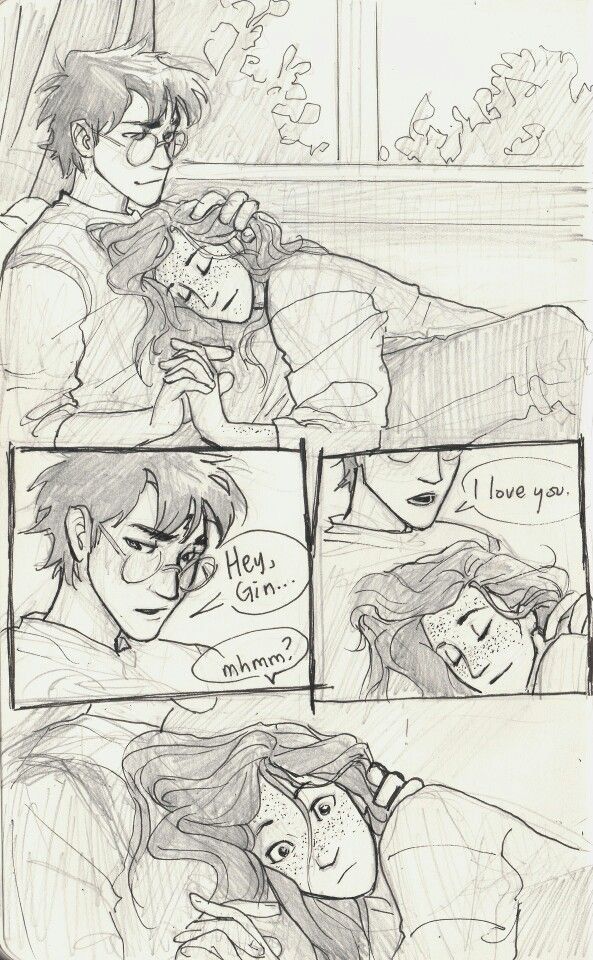
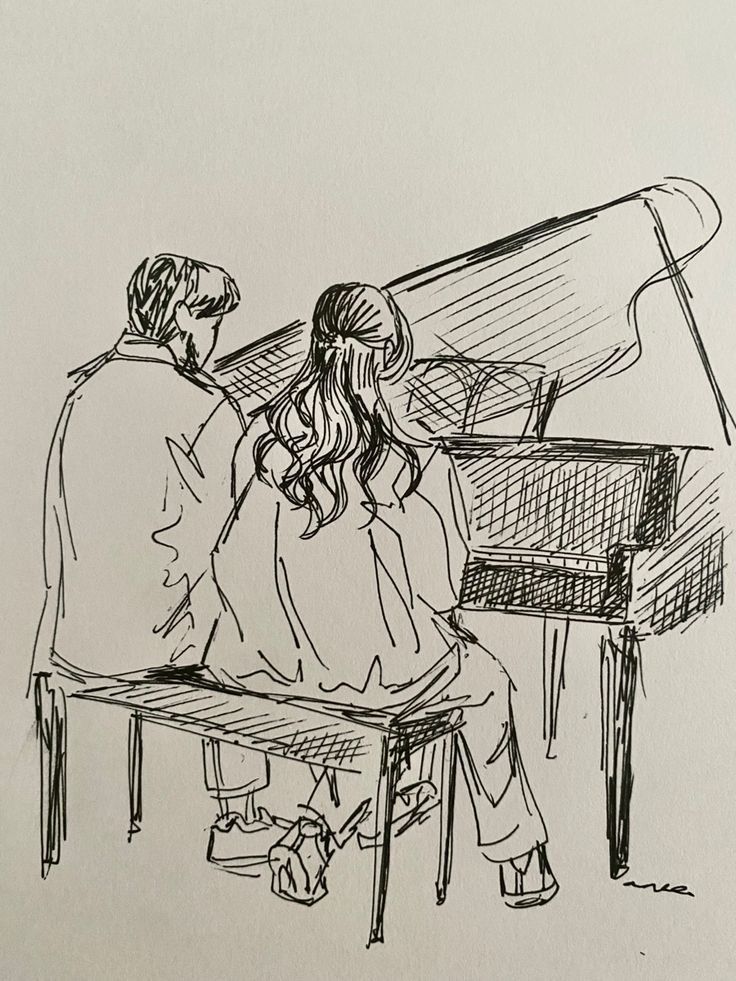
Resources and Inspiration for Easy Love Drawings
Finding the right reference material and understanding how to use it can help you make your love drawings more appealing. Key factors include the choice of images, how you search for them, the learning resources you use, and the details of image licensing.
Photos, Vectors, and Free Clip Arts
You have many choices for reference images when creating easy love drawings, such as photos, vectors, and free clip arts. Popular platforms like Dreamstime provide a range of royalty-free and editorial images covering various themes, including love.
Vectors are suitable for stylized drawings and allow easy resizing without loss of detail. Free clip arts offer simple and clear shapes, often ideal for beginners because of their minimalistic style.
When searching for references, check for features like image orientation (landscape, portrait, panorama) and resolution. Higher-resolution images give you more detail for your drawings. Some sites also let you filter images by color composition, which can help you match your drawing style.
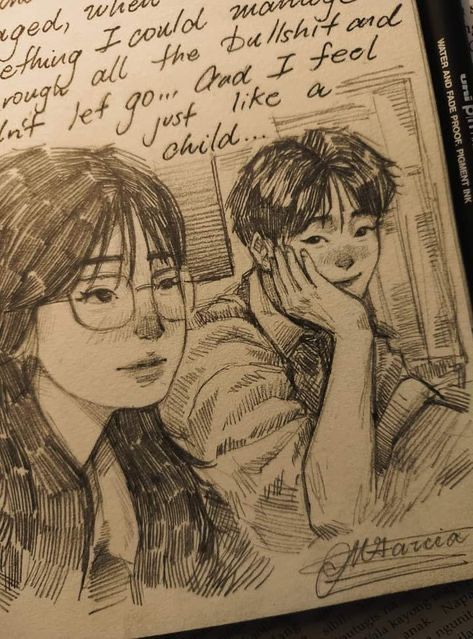
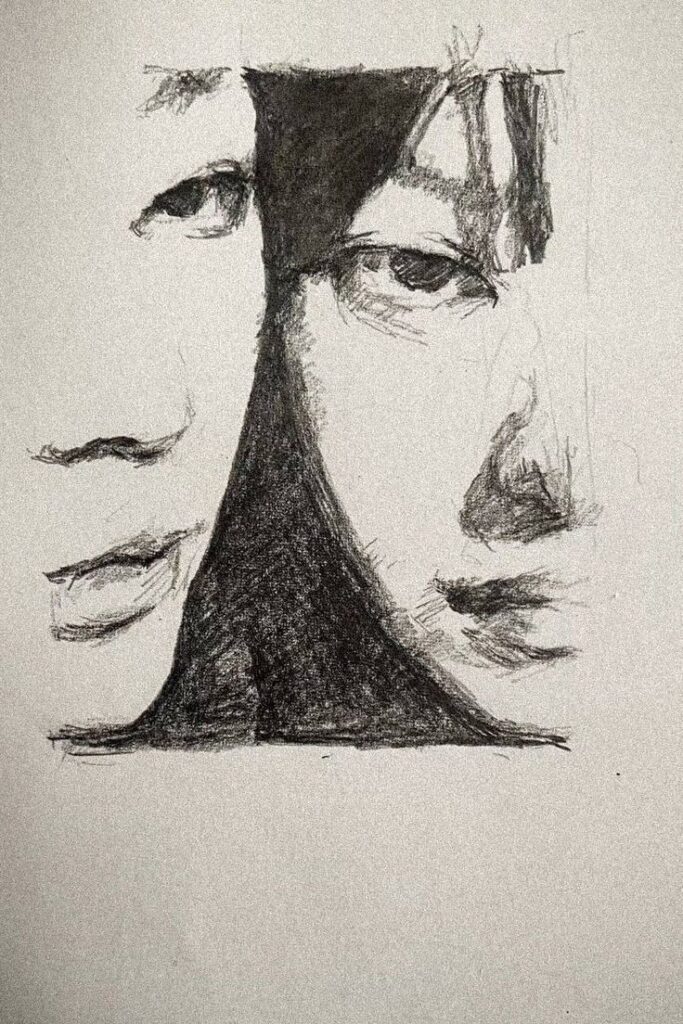
Filtering and Safe Search for Reference Images
Filtering helps you quickly find what you need. Most image websites include safe search filters to exclude inappropriate content, which is especially helpful for younger or classroom artists.
You can filter by price level (free, paid, exclusive, or extended licenses), editorial or commercial use, and whether you want to exclude people from your search results. Filters for color, resolution, and orientation ensure you get images suited to your specific drawing goals.
If you prefer simple subjects, use filters to remove backgrounds or focus only on icons and basic line drawings. Taking advantage of these features helps streamline your workflow and ensures that your references are relevant, clear, and safe.
Videos and Tutorials for Improvement
There are many video resources designed to help you improve your skills in drawing love-themed art. Platforms like YouTube host step-by-step tutorials on topics such as outlining, soft shading, and drawing couples or hearts.
Look for playlist series that cover beginner to intermediate levels, ensuring you don’t miss foundational techniques. Some artists provide live drawing sessions or short clips focusing on specific elements like creating balance in compositions.
You can pause, rewind, and sketch along with these videos. To structure your learning, create a watchlist of tutorials that cover both simple icons and more detailed romantic scenes to gradually increase your skill level.
Understanding Image Licenses and Usage
Before using any image, check the associated license. Royalty-free means you pay once and can use the image multiple times, while editorial licenses often restrict use to non-commercial projects. Some images are exclusive or require extended licenses for broader usage, such as products or mass distribution.
If you plan to modify or publish your drawings, confirm whether you can use AI-generated content as reference and if attribution is required. Always read the licensing information provided by platforms like Dreamstime and others to avoid copyright issues.
A table summarizing core license types can help clarify usage:
| License Type | Commercial Use | Modification | Attribution |
|---|---|---|---|
| Royalty-Free | Yes | Yes | No* |
| Editorial | No | Limited | Sometimes |
| Extended | Yes | Yes | Sometimes |
| Exclusive | Yes | Yes | Usually not |
| Free Clip Arts | Check Terms | Usually Yes | Sometimes |
*Always double-check the specific terms on the site to stay compliant.
- 28shares
- Facebook0
- Pinterest28
- Twitter0


